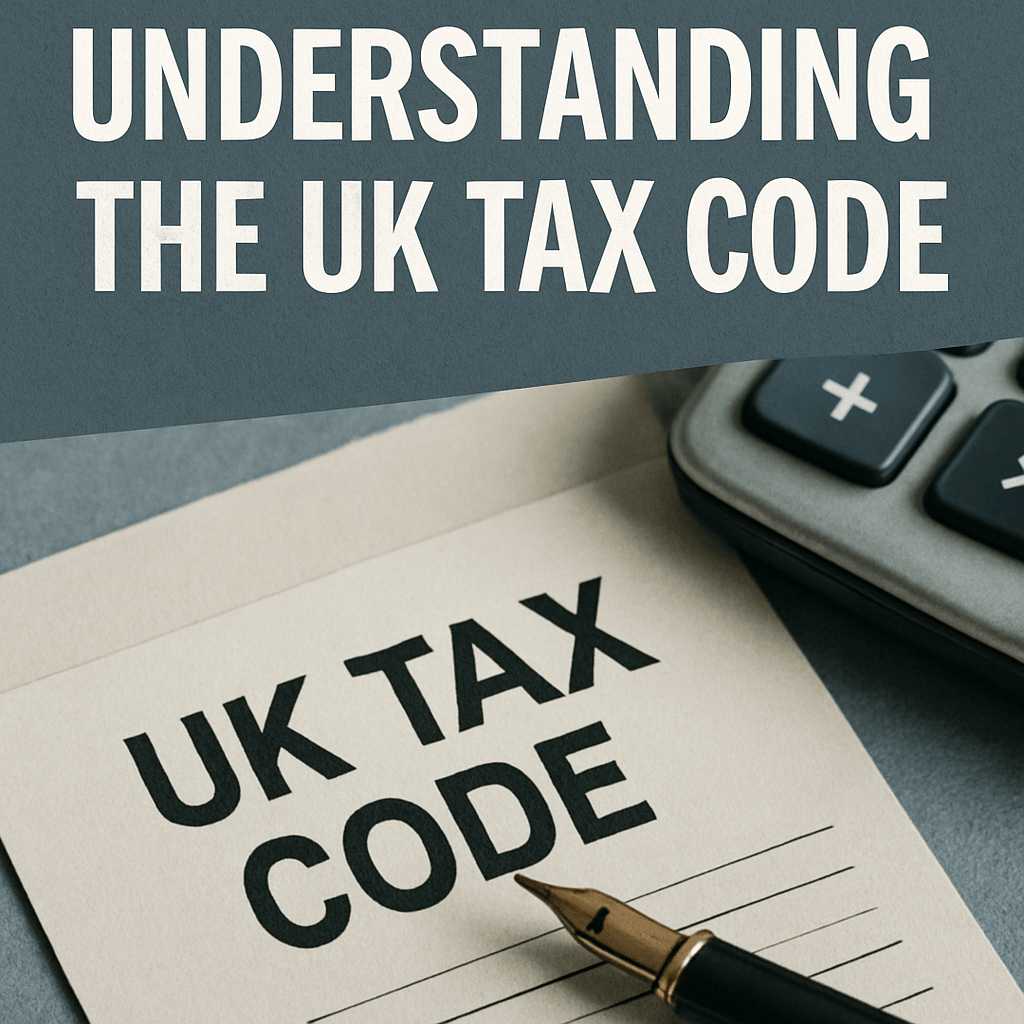Weekend Reading: Understanding the UK Tax Code

As the UK enjoys occasional warm Bank Holiday sunshine—brief though it may be—many families find themselves dodging drizzle and soggy burgers. Yet for some, the real rainy-day worry isn’t the weather but tangled tax rules that can leave middle-income earners worse off as they climb the income ladder. This weekend, grab your iPad (and perhaps a cold drink) and explore how Britain’s tax system has evolved into a labyrinth of thresholds, cliffs and compliance costs—and what you can do about it now.
The Childcare Trap: Marginal Rates Above £100,000
Under current UK rules, once your adjusted net income passes £100,000, your personal allowance (£12,570 for 2023/24) is tapered away at a rate of £1 for every £2 of additional income. Coupled with the 40% higher-rate band, this creates a 60% marginal tax rate on earnings between £100,000 and £125,140.
Technical detail: Earn £100,000–£125,140 → personal allowance withdrawn at 50p per extra £1 + 40% income tax = 60% effective marginal rate.
For a London couple with two children in full-time daycare, this cliff means earning £150,000 before they’re even marginally better off than when they earned £100,000. Add within-year childcare voucher schemes or salary-sacrifice pensions, and the calculations become even more intricate.
VAT Thresholds and the Growth Ceiling for SMEs
The VAT registration threshold—£90,000 of taxable turnover per annum as of April 2024—acts as a growth curb for many micro and small businesses. HMRC data suggests the average small business spends around 125 hours a year on VAT administration, representing roughly £5,000 in direct and opportunity costs.
Compliance Costs and Reform Proposals
- Spring Budget 2024: Treasury consultation launched on raising or abolishing the threshold.
- ICAEW analysis: doubling the threshold to £180,000 could relieve 50,000 firms but shift burden onto larger competitors.
- Court case spotlight: Walkers Sensations Poppadoms vs. standard-rate crisps ruling highlights arbitrary classification risks.
Technical Deep Dive: Child Benefit High-Income Charge
The High-Income Child Benefit Charge (HICBC) effectively claws back benefit payments for households where one earner exceeds £50,000. Between £50,000 and £60,000, families lose 1% of the child benefit per extra £100 of income, reaching 100% clawback at £60,000. Combined with the 60% marginal rate above £100,000, the peaks and troughs demand precise planning.
International Comparison: VAT and Marginal Rates
- Germany: Standard VAT 19%, small business threshold €22,000, tapering regime similar to UK.
- France: VAT threshold €85,800 for goods; progressive personal rates cap at 45% but no personal allowance taper.
- USA: No federal VAT; state sales taxes up to 8.5%. Federal marginal rates top out at 37% with standard personal deduction.
Strategies for Navigating the Code
Experts from the Institute of Chartered Accountants in England and Wales (ICAEW) recommend:
- Salary sacrifice into pensions to reduce adjusted net income below key thresholds.
- Utilizing the full £20,000 ISA allowance for tax-free savings growth.
- Staggering dividend payments across tax years to manage marginal rates.
Future Policy Outlook
The new chancellor has commissioned a low-tax working group, expected to deliver recommendations in Q3 2024. Think tanks such as the Resolution Foundation and the Institute for Fiscal Studies are calling for a single-rate VAT or the introduction of a flat income-tax band to simplify compliance and reduce avoidance.
Even on a laid-back Bank Holiday Monday, starting your self-assessment early can unlock reliefs and ensure you’re not caught off guard by these hidden cliffs. Enjoy the rest of your weekend—rain or shine!